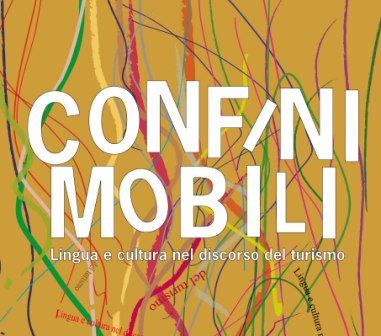L’heritage in rete: social media e promozione del territorio
DOI:
https://doi.org/10.13130/2035-7680/2024Palabras clave:
Expo 2015, heritage, place branding, public sector, social media, territoryResumen
Heritage promotion through the Internet finds a privileged context in Great Britain, where the understanding of the relationship between places and cultural memory has led to a widespread awareness of the importance the historical and ethnological patrimony of the territory holds for the public. It is the emergence of heritage politics that has inspired the choice to analyze a sample of websites of British institutions concerned with heritage preservation, in order to identify the communicative strategies, digital genres and text types that may be selected as examples of the best practices of online remediation of the cultural landscape. Worthy of note is the skillful use of social media like Facebook, Twitter and YouTube, now embedded within the websites, and currently the most interesting innovation in terms of content circulation across different platforms and creation of community networks. Following this intercultural perspective, the analysis may be turned from Great Britain to Italy in order to examine the websites of the city and province of Bergamo as a case study. Also in view of the Expo Milano 2015, Bergamo is working to renovate the representation of its territory and narrate its cultural heritage to a ‘glocal’ public of citizens and a wide selection of visitors including tourists, businesspeople, students and scientists. Networking through social media might indeed mark a step ahead in the city’s rebranding effort and leave a meaningful legacy to the region.Métricas
Cargando métricas ...
Descargas
Publicado
2012-02-09
Cómo citar
Paganoni, Maria Cristina. 2012. «L’heritage in Rete: Social Media E Promozione Del Territorio». Altre Modernità, febrero, 233-47. https://doi.org/10.13130/2035-7680/2024.
Número
Sección
Saggi Ensayos Essais Essays




